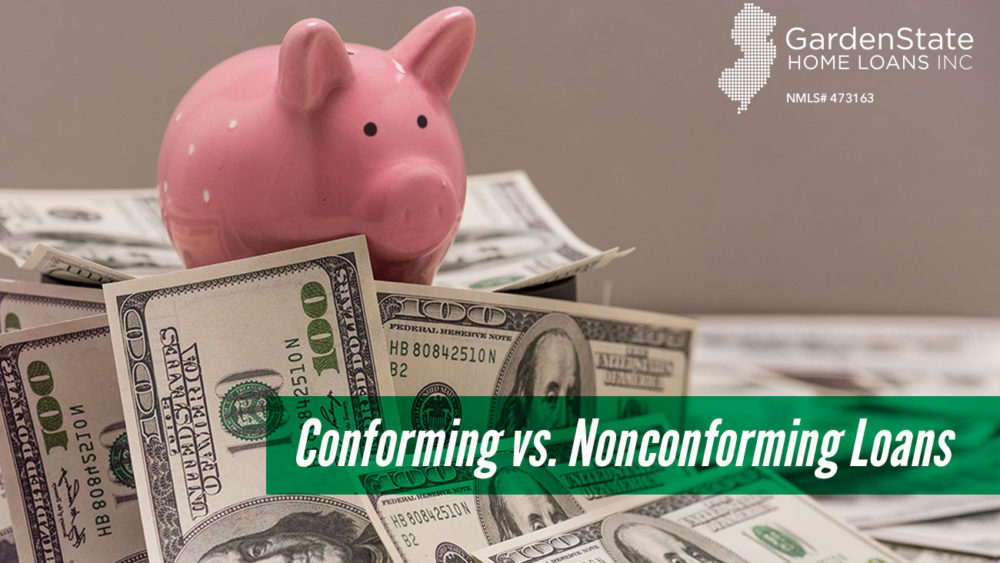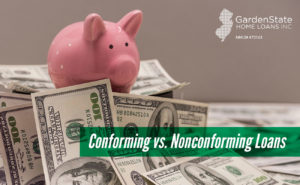The Differences Between Conforming & Non-Conforming Loans
Many people apply for loans when paying their mortgage. Two common types of loans are conforming and non-conforming loans.
Conforming Loans
Today, conforming loans are sold to Fannie Mae, Freddie Mac, or the Federal Housing Agency (FHA) within a few days of closing. This allows lenders to create a stable cash flow so they can write new loans. Fannie Mae and Freddie Mac are governed by rules set by the Federal Housing Finance Agency. The FHA has its own policies.
A big difference between conforming and non-conforming loans is the loan’s limits. On an FHA loan, the loan limit varies by what county you are buying in. A regular loan for a one-unit property has a maximum amount of $417,000 in the continental United States. There is a maximum of $625,000 in Alaska and Hawaii. However, higher limits may apply in any high-cost county. In this situation, you can get a high-balance mortgage up to the county limit. Anything above county limits is considered a jumbo loan, and is, therefore, a nonconforming loan.
Conforming loans are great for a borrower with excellent credit. These loans typically offer lower interest rates, which in turn leads to lower monthly payments and less money spent over the course of the loan.
Non-Conforming Loans
Fannie Mae, Freddie Mac, the FHA, or the VA do not buy non-conforming loans. These entities don’t typically purchase non-conforming loans as they have higher loan limits. These types of loans include jumbo loans, which are loans that exceed county limits. Additionally, jumbo loans have different underwriting guidelines. Because nonconforming loans have a higher risk, they typically have less favorable terms and become more difficult to sell on the secondary market.
However, non-conforming loans typically come with similar rates to other loans. However, there are a couple of things to note. When applying for a non-conforming loan, your debt-to-income (DTI) ratio must be lower than it would be for a regular loan. Furthermore, your lender may require additional documentation and information than they would for a normal loan due to the size of the loan.
Non-conforming loans allow individuals to borrow larger amounts than is allowed with a conforming loan. However, to reduce the risk that comes with a non-conforming loan, many lenders require borrowers to either place a down payment of 20% or higher or create an asset account for additional security with six to twelve months of mortgage payments. Additionally, a lender may require higher interest rates, higher upfront fees, or stricter underwriting requirements to offset risk.



Comments are closed.